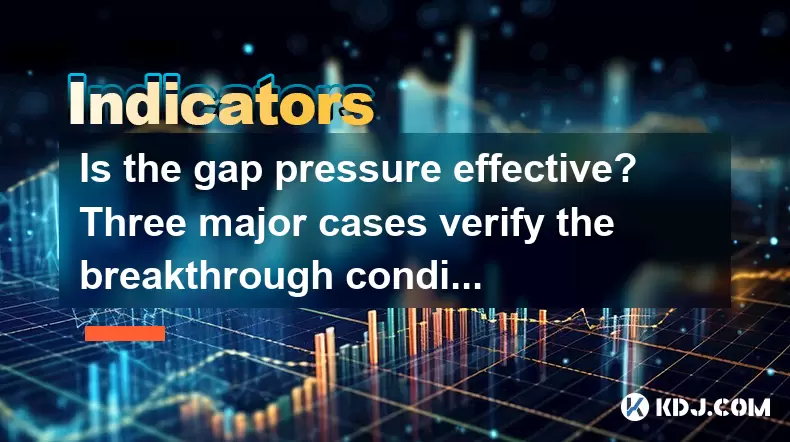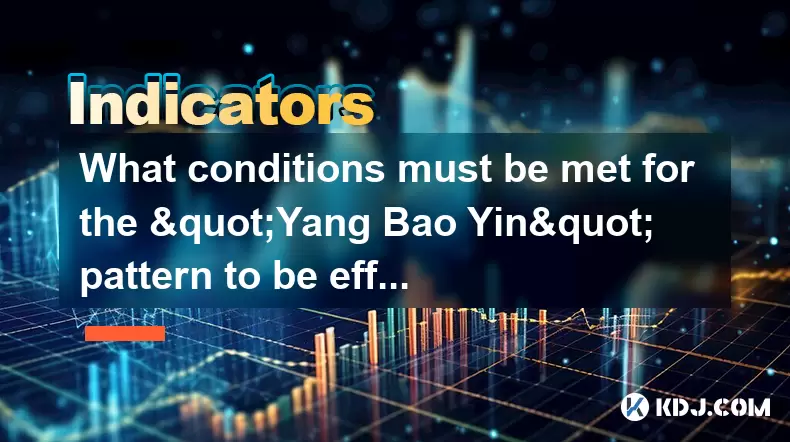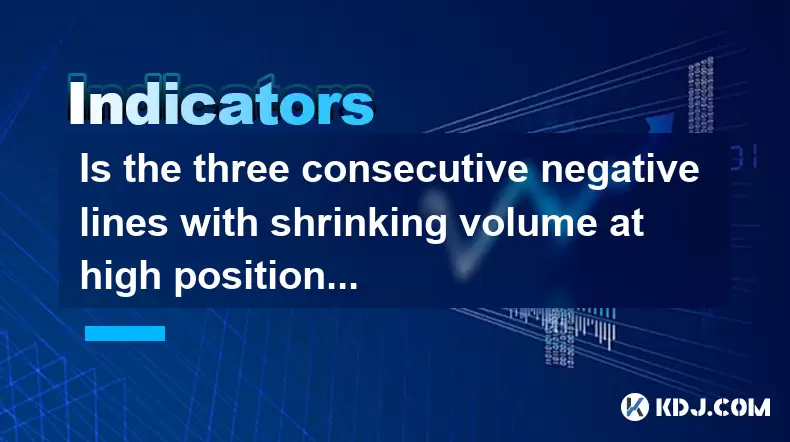-
 Bitcoin
Bitcoin $105,389.9954
1.25% -
 Ethereum
Ethereum $2,554.1045
2.02% -
 Tether USDt
Tether USDt $1.0006
0.01% -
 XRP
XRP $2.1631
2.21% -
 BNB
BNB $651.4909
0.72% -
 Solana
Solana $146.9831
2.13% -
 USDC
USDC $0.9998
0.01% -
 Dogecoin
Dogecoin $0.1783
2.82% -
 TRON
TRON $0.2715
0.12% -
 Cardano
Cardano $0.6373
1.04% -
 Hyperliquid
Hyperliquid $41.9272
8.97% -
 Sui
Sui $3.0368
0.85% -
 Bitcoin Cash
Bitcoin Cash $442.2641
10.39% -
 Chainlink
Chainlink $13.3031
0.89% -
 UNUS SED LEO
UNUS SED LEO $9.0204
1.64% -
 Avalanche
Avalanche $19.3137
2.18% -
 Stellar
Stellar $0.2601
1.39% -
 Toncoin
Toncoin $3.0236
2.54% -
 Shiba Inu
Shiba Inu $0.0...01214
3.91% -
 Hedera
Hedera $0.1591
2.79% -
 Litecoin
Litecoin $86.3865
4.28% -
 Polkadot
Polkadot $3.8186
1.42% -
 Ethena USDe
Ethena USDe $1.0005
0.01% -
 Monero
Monero $310.9934
0.68% -
 Dai
Dai $0.9999
0.02% -
 Bitget Token
Bitget Token $4.5551
1.01% -
 Pepe
Pepe $0.0...01120
5.12% -
 Uniswap
Uniswap $7.4950
6.18% -
 Aave
Aave $286.6126
6.70% -
 Pi
Pi $0.5814
3.91%
Is the gap pressure effective? Three major cases verify the breakthrough conditions
Bitcoin's 2017 bull run showcased effective gap pressure, with multiple weekly gaps signaling strong momentum and sustained upward movement.
Jun 13, 2025 at 04:35 am

Understanding the Gap Pressure in Cryptocurrency Trading
In cryptocurrency trading, gap pressure refers to a technical analysis concept where price gaps form due to sudden market movements. These gaps often occur between the closing price of one trading session and the opening price of the next. Traders pay close attention to these gaps because they can indicate strong momentum or potential reversals. Gap pressure is considered effective when it leads to a sustained price movement in the direction of the gap, especially after a consolidation phase.
This article explores whether gap pressure is truly effective by analyzing three major cases from the crypto market. Each case focuses on specific conditions under which gaps lead to successful breakouts.
Case One: Bitcoin’s 2017 Bull Run and the Weekly Gap Formation
One of the most notable examples of gap pressure effectiveness occurred during Bitcoin's bull run in 2017. Between June and December, Bitcoin formed multiple weekly gaps as institutional interest surged and media coverage intensified. A significant gap appeared around October when Bitcoin broke above $5,000 for the first time.
- Price Gaps Occurred: The candlestick chart showed clear gaps upwards with no overlap between the previous week's close and the new week's open.
- Volume Surge Confirmed Strength: High volume accompanied the gaps, reinforcing their validity.
- Breakout Followed: After the gap formation, Bitcoin continued its upward trajectory without immediate pullback.
This example illustrates that when gap pressure occurs alongside high volume and positive sentiment, it can serve as a reliable indicator for further price movement.
Case Two: Ethereum’s Post-Merge Correction and Downward Gap
The second case involves Ethereum following the Merge upgrade in September 2022. Despite the network successfully transitioning to proof-of-stake, the broader macroeconomic environment led to selling pressure. On the day of the merge, Ethereum opened significantly lower than its previous close, creating a downward gap.
- Downward Gap Formed: Ethereum gapped down over 5% at the open, showing strong bearish control.
- No Immediate Reversal: Unlike many bullish gaps, this gap was not filled quickly, indicating strong selling momentum.
- Continuation Pattern Observed: Price continued to decline after the gap, confirming the effectiveness of gap pressure in downtrends.
This scenario demonstrates that gap pressure isn’t limited to bullish scenarios; it works equally well in bearish contexts when supported by fundamental or market-driven catalysts.
Case Three: Solana’s Breakout During Altseason 2023
Solana experienced a sharp rise in early 2023 as part of a broader altcoin rally. Before the surge, SOL traded in a tight range for several weeks. Then, a key gap up occurred when news about increased on-chain activity and exchange listings emerged.
- Consolidation Phase Preceded the Gap: SOL spent over a month in a sideways pattern before breaking out.
- Gap Up Triggered Strong Momentum: The breakout gap was followed by consecutive green candles with increasing volume.
- Gap Filled Partially but Continued Upward: While the initial gap was partially filled, the overall trend remained bullish, showing resilience in gap pressure even after retracement.
This case supports the idea that gap pressure becomes more effective when preceded by consolidation, allowing traders to identify clean entry points post-breakout.
Key Conditions That Validate Gap Pressure
Not all gaps result in meaningful price action. To determine whether gap pressure is effective, traders should evaluate the following conditions:
- Volume Confirmation: A valid gap should be accompanied by higher-than-average trading volume, signaling genuine market participation.
- Catalyst Presence: News, upgrades, or macroeconomic events often drive powerful gaps.
- Trend Alignment: Gaps that align with the existing trend tend to be more reliable than countertrend ones.
- Consolidation Before the Gap: A period of low volatility before the gap increases the likelihood of a breakout.
These criteria help filter out false signals and improve the accuracy of gap pressure analysis.
How to Trade Gap Pressure Effectively
To capitalize on gap pressure, traders must follow a structured approach. Here are the essential steps:
- Identify the Gap Type: Determine if it’s a common gap, breakaway gap, runaway gap, or exhaustion gap.
- Measure the Gap Size: Larger gaps often have stronger implications.
- Use Candlestick Patterns: Look for engulfing patterns or dojis near the gap zone to confirm strength or weakness.
- Set Entry Points: Enter once the price retests the gap area or continues in the gap’s direction.
- Place Stop-Loss Orders: Protect capital by placing stops below the gap zone for long entries or above for short entries.
- Monitor Volume Closely: Declining volume after the gap may signal a weakening trend.
By adhering to these steps, traders can enhance their ability to assess the validity and potential profitability of gap pressure setups.
Frequently Asked Questions (FAQ)
Q: Can gap pressure work on smaller timeframes like 1-hour or 4-hour charts?
A: Yes, gap pressure can appear on intraday charts, but it tends to be less reliable than daily or weekly gaps due to increased noise and volatility. It’s crucial to cross-check with volume and trend context.
Q: How long does a gap remain significant in technical analysis?
A: Typically, a gap remains relevant until it gets filled or until new price action overshadows it. In fast-moving markets like crypto, gaps older than two weeks may lose relevance unless tied to a major event.
Q: Are there any indicators that complement gap pressure analysis?
A: Yes, moving averages, RSI, and Bollinger Bands can help validate the strength of a gap. For instance, an RSI reading above 70 after a gap suggests overbought conditions, potentially signaling a reversal.
Q: Do gaps always get filled in cryptocurrency markets?
A: No, while some gaps do get filled, others don't—especially in trending markets. The belief that all gaps will fill is a myth; it depends on market structure and liquidity levels.
Disclaimer:info@kdj.com
The information provided is not trading advice. kdj.com does not assume any responsibility for any investments made based on the information provided in this article. Cryptocurrencies are highly volatile and it is highly recommended that you invest with caution after thorough research!
If you believe that the content used on this website infringes your copyright, please contact us immediately (info@kdj.com) and we will delete it promptly.
- Fartcoin and SPX6900 Are Two of the Most Dominant Solana Meme Coins Right Now
- 2025-06-14 12:30:12
- XRP Price Action Holds Near Resistance Ahead of June 16
- 2025-06-14 12:30:12
- MicroStrategy Prepared to Take on Competition from Top Firms Like JP Morgan, Saylor Insists
- 2025-06-14 12:25:12
- If You Had $1 Million in Cash, How Would You Manage It?
- 2025-06-14 12:25:12
- "XRP (Ripple) and Ripple's stablecoin RLUSD will boost each other's demand."
- 2025-06-14 12:20:12
- Ukraine's parliament has introduced a draft bill to allow Bitcoin and other digital assets into the National Bank of Ukraine's gold and foreign currency reserves
- 2025-06-14 12:20:12
Related knowledge

How to calculate the probability of trend continuation after the MACD column divergence?
Jun 14,2025 at 08:01am
Understanding MACD Column DivergenceThe Moving Average Convergence Divergence (MACD) is a widely used technical indicator in cryptocurrency trading. The MACD column, also known as the histogram, represents the difference between the MACD line and the signal line. When price makes a new high or low but the MACD histogram does not confirm this movement, a...

What are the volume requirements for adjusting the K line in the "rising three methods" pattern?
Jun 14,2025 at 07:50am
Understanding the 'Rising Three Methods' Pattern in Cryptocurrency TradingThe 'rising three methods' pattern is a bullish continuation candlestick formation that traders often use to identify potential upward momentum in cryptocurrency price charts. This pattern typically appears during an uptrend and suggests that the trend is likely to continue after ...

What conditions must be met for the "Yang Bao Yin" pattern to be effective?
Jun 14,2025 at 06:42am
Understanding the 'Yang Bao Yin' Pattern in Cryptocurrency TradingThe Yang Bao Yin pattern is a candlestick formation commonly observed in technical analysis within the cryptocurrency market. This pattern typically signals a potential bullish reversal after a downtrend. However, for this pattern to be effective and reliable, certain conditions must be m...

Is the three consecutive negative lines with shrinking volume at high positions a signal that the main force has finished shipping?
Jun 14,2025 at 09:56am
Understanding the Concept of Three Consecutive Negative LinesIn cryptocurrency trading, three consecutive negative lines refer to a situation where an asset's price chart shows three successive candlesticks with closing prices lower than their opening prices. This pattern typically indicates bearish sentiment in the market. When this occurs at high posi...

Is it an opportunity for the long positive line with large volume to break through the platform and then shrink back?
Jun 14,2025 at 04:42am
Understanding the Long Positive Line with Large VolumeIn technical analysis, a long positive line refers to a candlestick pattern where the closing price is significantly higher than the opening price, often indicating strong buying pressure. When this occurs alongside large volume, it suggests that market participants are actively involved in pushing t...

How to grasp the 60-minute KD oversold + 15-minute bottom divergence?
Jun 14,2025 at 06:15am
Understanding the 60-Minute KD Oversold SignalThe KD indicator, also known as the Stochastic Oscillator, is a momentum oscillator that compares a particular closing price of a cryptocurrency to its price range over a given time period. When analyzing 60-minute charts, traders often look for oversold conditions in the KD line, which typically occur when ...

How to calculate the probability of trend continuation after the MACD column divergence?
Jun 14,2025 at 08:01am
Understanding MACD Column DivergenceThe Moving Average Convergence Divergence (MACD) is a widely used technical indicator in cryptocurrency trading. The MACD column, also known as the histogram, represents the difference between the MACD line and the signal line. When price makes a new high or low but the MACD histogram does not confirm this movement, a...

What are the volume requirements for adjusting the K line in the "rising three methods" pattern?
Jun 14,2025 at 07:50am
Understanding the 'Rising Three Methods' Pattern in Cryptocurrency TradingThe 'rising three methods' pattern is a bullish continuation candlestick formation that traders often use to identify potential upward momentum in cryptocurrency price charts. This pattern typically appears during an uptrend and suggests that the trend is likely to continue after ...

What conditions must be met for the "Yang Bao Yin" pattern to be effective?
Jun 14,2025 at 06:42am
Understanding the 'Yang Bao Yin' Pattern in Cryptocurrency TradingThe Yang Bao Yin pattern is a candlestick formation commonly observed in technical analysis within the cryptocurrency market. This pattern typically signals a potential bullish reversal after a downtrend. However, for this pattern to be effective and reliable, certain conditions must be m...

Is the three consecutive negative lines with shrinking volume at high positions a signal that the main force has finished shipping?
Jun 14,2025 at 09:56am
Understanding the Concept of Three Consecutive Negative LinesIn cryptocurrency trading, three consecutive negative lines refer to a situation where an asset's price chart shows three successive candlesticks with closing prices lower than their opening prices. This pattern typically indicates bearish sentiment in the market. When this occurs at high posi...

Is it an opportunity for the long positive line with large volume to break through the platform and then shrink back?
Jun 14,2025 at 04:42am
Understanding the Long Positive Line with Large VolumeIn technical analysis, a long positive line refers to a candlestick pattern where the closing price is significantly higher than the opening price, often indicating strong buying pressure. When this occurs alongside large volume, it suggests that market participants are actively involved in pushing t...

How to grasp the 60-minute KD oversold + 15-minute bottom divergence?
Jun 14,2025 at 06:15am
Understanding the 60-Minute KD Oversold SignalThe KD indicator, also known as the Stochastic Oscillator, is a momentum oscillator that compares a particular closing price of a cryptocurrency to its price range over a given time period. When analyzing 60-minute charts, traders often look for oversold conditions in the KD line, which typically occur when ...
See all articles

























































































